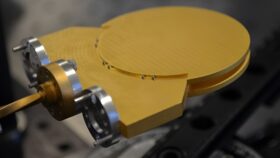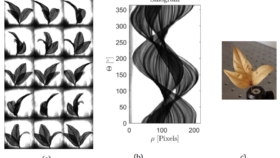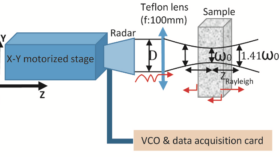
What is Smartphonics
Origin of this word Smartphonics
Smartphones have become ubiquitous objects in the daily lives of students. Rather than using them for entertainment, why not take advantage of this object to impart knowledge, experiment and teach?
We use the word Smartpnonics in the context of using the smartphone for education, and not as a smartphone study discipline. This word comes from “Smartphonique”, french word from my colleague Ulysse Delabre who use it for physics education. To learn more about this activity, and see different example of practical use, you can look at this website (french).
The use of the smartphone as an educational tool has been demonstrated in recent years in many disciplines. This article provides a short overview of these activities.
On the Smartphone use for physics education
In order to optimize their uses and their interactions, smartphones are composed of a set of sensors (accelerometer, gyro, pressure, magnetometer, light sensor, etc). These numerous sensors can be advantageously exploited to carry out experiments in sciences, which makes it possible to consider the smartphone like a true mini-scientific laboratory mobile for the students. Several applications exist on the app store to measure sensor data. My favorite is Phyphox.
Smarpthone use for electrical engineering students
Smartphone programming is a natural idea for computer science students. Nevertheless, this topic may also interest students in electrical engineering. Indeed, more and more embedded systems are now able to run Android and this type of programming. In addition, the smartphone can be adapted to communicate with electronic systems such as projects using Arduino. Rather than using a serial port between the computer and the Arduino board, using a Bluetooth connection improves system portability. Using the student’s equipment is also a student engagement argument that I observed in my Arduino lessons. Our students are not trained in Java language, so we chose to develop these applications using PhoneGap. This approach uses web technologies (HTML, CSS, javascript). In addition to the advantage of being able to be deployed on all operating systems, this method has the advantage of being open source and at the same time allowing the student to discover the basics of web programming, which does not is not always on the program of electrical engineering students.
it is also possible to use the inputs / outputs for the sound as an acquisition card and a function generator. The main limitation is the impossibility of having low frequencies. However it is an interesting way to discover virtual oscilloscopes or to see the duality time / frequency with various applications that make spectrum analyzer. These feature are also present in Phyfox.
Other disciplines and smartphone
The smartphone can be used in mathematics with applications such as Maple. This allows an agile transition during a tutorial session by switching to a digital tool while remaining in a non-computer room. Spirometry is another example where smartphone create an application which could not be imagined. unlike to buy expensive Smirometry setups, you can use Smartphone to do it, with a good precision.
Conclusion
This is a rapid overview of smartphone application for science. If you have developed another application, fell free to contact me in order to add it in this page.




